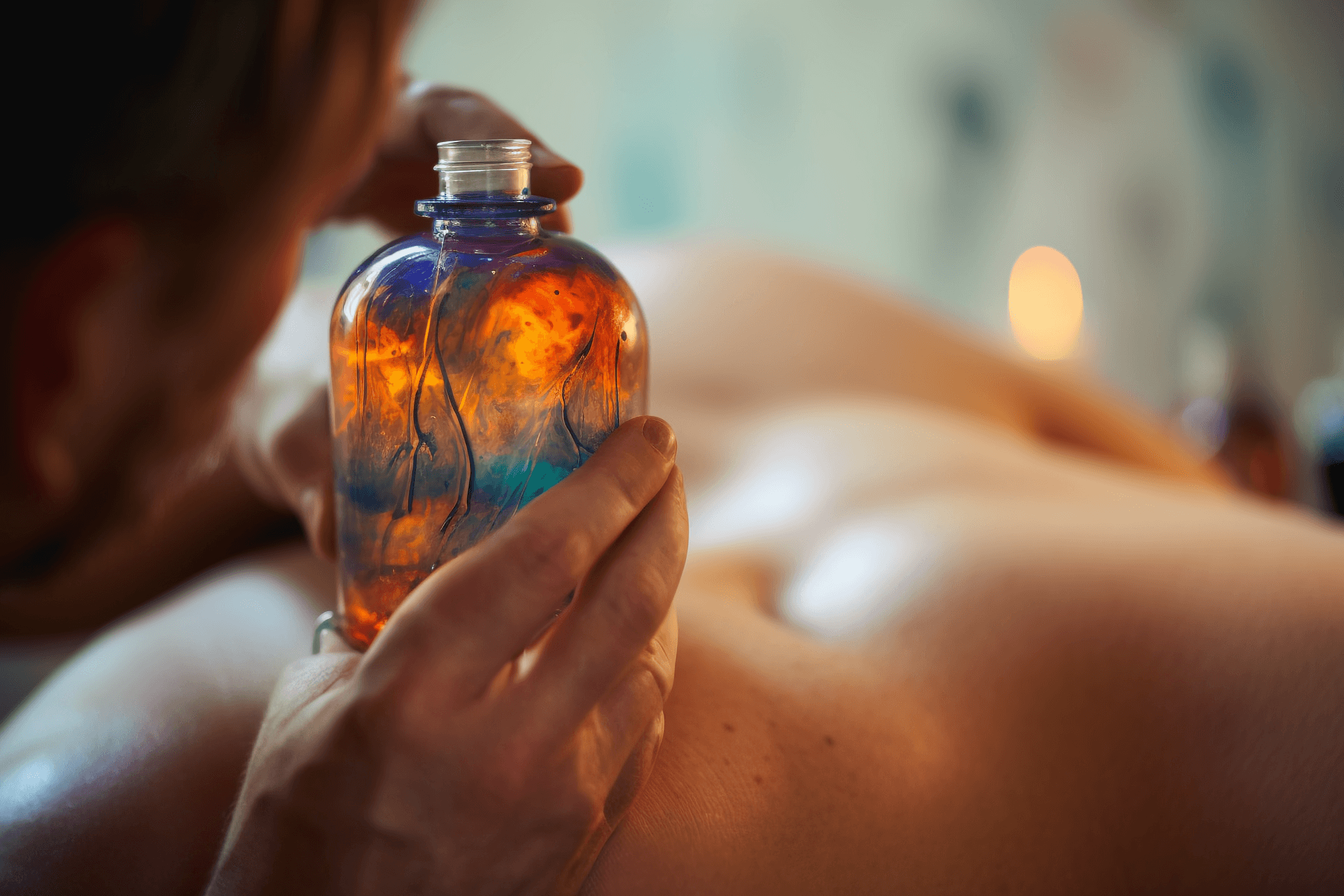There are several common situations in cupping:
(1) Bluish-purple: After cupping, some cupping sites may appear bluish-purple, some may appear dark red, and some may not change color. Bluish-purple or red areas often indicate a more severe condition with heavy stagnation of blood. Sometimes, these areas may not be the most painful, but if cupping is continued in the same location, the bluish-purple color will gradually fade and the disease can be cured.
(2) Formation of blisters: This is a more common occurrence. Some blisters may form on the same day, while others may take three to five days or even more than ten days to form. The blisters can be clear and watery, or they can be purplish-red. The formation of blisters is often a reflection of the local condition, which is influenced by the severity of the condition (blisters form faster in cases with heavier stagnation of blood), seasons (blisters are more likely to form in summer and slower in winter, which is one of the reasons why cupping therapy advocates "treating winter diseases in summer"), and skin texture (those with delicate skin are more prone to blisters, such as young women, while middle-aged men may form blisters more slowly). Under normal physiological conditions, the osmotic pressure inside the blood vessels and the permeability of the blood vessel walls remain relatively constant, and cupping suction is unlikely to change this, making blister formation less likely.
After blisters form, larger blisters can be punctured with a sterilized acupuncture needle to release the fluid. There are currently two completely different views on how to treat the wound after blister formation: one is to cover it with sterile gauze to prevent infection, change the dressing regularly, and wait for it to heal; the other is to continue cupping at the blister site to suction out the pathological substances. I personally lean towards the latter view. As we all know, there used to be a treatment method called "blood cupping," which involved using a triangular needle or plum blossom needle to puncture the cupping site before cupping, which could suction out some dark purple blood clots and had more obvious therapeutic effects. However, the disadvantage is how to determine if the cupping site is the location of blood stagnation. If it is accurately determined, blood stasis can be suctioned out and symptoms will significantly improve, but if it is inaccurately determined, red blood may be suctioned out and symptoms may not improve. Cupping blister formation has now been proven to indicate local disease, so it is even more important to continue cupping at the blister site to suction out the pathological substances.
Through practice, it has been found that continuing cupping at the blister site can indeed suction out different pathological substances, mainly including the following:
① Dark purple blood stasis: Mostly occurs in cases with long disease duration and prolonged stagnation of blood, often caused by overexertion.
② Yellow, sticky, jelly-like substance: Mostly caused by exposure to cold and dampness.
③ Colorless, thin, watery substance: Mostly caused by exposure to cold.
If the disease has a long duration and heavy stagnation of blood, this stage may last longer, generally around 10 days until the pathological substances are completely suctioned out, and the cupping site will scab and heal.
During the process of suctioning out the pathological substances, a "pseudo-inflammatory reaction" may occur at the blister site, characterized by redness and swelling, hardness at the root, and tenderness upon touch. This is caused by the accumulation of pathological substances. In general, cupping should be continued at the original location until the pathological substances are completely suctioned out, and the pseudo-inflammatory reaction will gradually subside. The root will naturally become soft, feel like normal skin, scab and heal, and the disease will be cured. If cupping is not continued at the original location after blister formation, the cupping site will be slow to scab and heal. After healing, the skin may have black scars, which may gradually return to the normal color of the skin.
The traditional "walking cupping" therapy is more convenient with the use of modern cupping. The method is as follows: apply an appropriate amount of lubricating oil (mix erythromycin with Vaseline and glycerin in appropriate proportions) to the cupping mouth, hold it firmly but not too tight, and slowly move the cupping apparatus. This method is suitable for larger and smoother areas, such as the neck, shoulders, and legs, but should not be used on broken skin.









